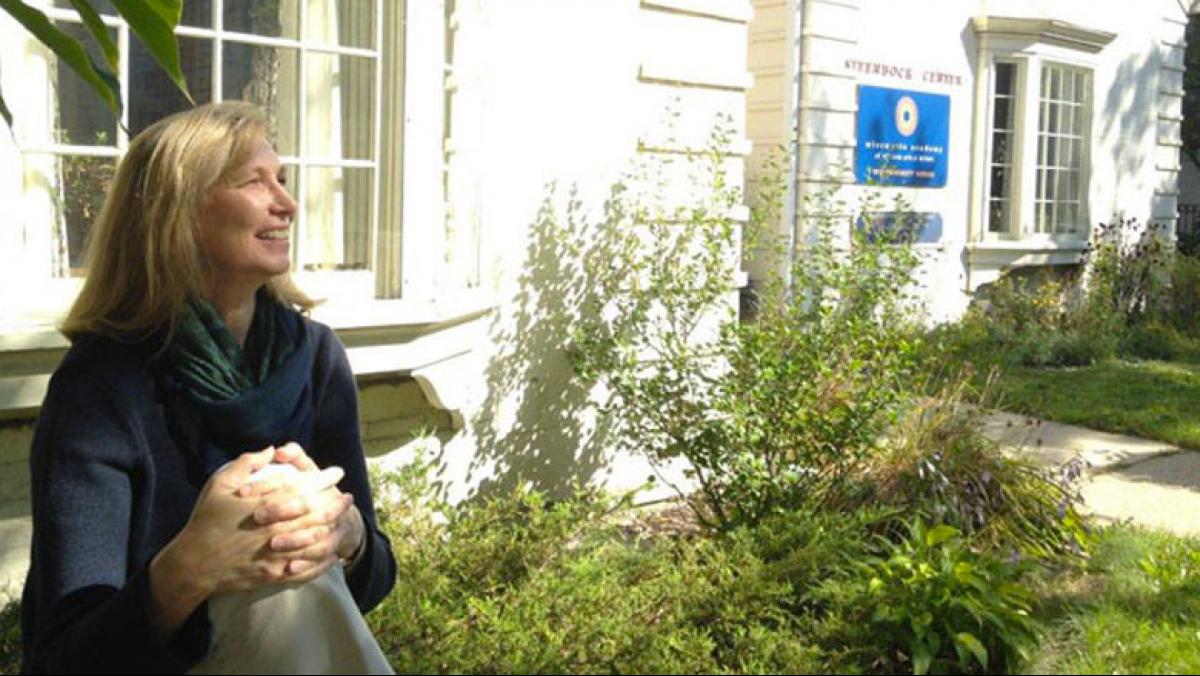It seems fitting that the Oxford Dictionaries Word of the Year for 2016 is post-truth: an adjective defined as “relating to or denoting circumstances in which objective facts are less influential in shaping public opinion than appeals to emotion and personal belief.”
The events of last year seem to confirm that we are indeed in an era of post-truth.
“There’s no such thing, unfortunately, anymore as facts,” said political commentator Scottie Nell Hughes on “The Diane Rehm Show.” While grammatically flawed, Hughes’ assertion nicely articulates how a public figure can transcend the standards of objective reality with a simple, yet easily disprovable, tweet.
Similarly, in making his case for the pro-Brexit vote back in June, British MP Michael Gove pointed out that voters didn’t need any more reasoned information about the implications of leaving the European Union because “people in this country have had enough of experts.” MP Gisela Stuart, piled on, reminding voters that “there is only one expert that matters—and that’s you.”
It remains to be seen whether or not facts—along with the experts who bring them to our attention and rely on them—will be welcome in 2017.
While it can’t predict what will happen this year, science can tell us a lot about how facts move through the human cognitive process. We know, for example, that our brains use simplifying mechanisms to “file” new information into categories. This mental filing begins with a sorting process based on what we find important: personal needs and priorities, values and beliefs, people and experiences with which we identify, and things we think we already know.
These big “folders” serve to shape the way we sort and interpret new information. Facts that are then assembled and placed into these individual folders take on the characteristics of the particular folder or are discarded if they don’t “fit.” Over time, these cognitive pathways become the ways in which we interpret the world. That’s why tailor-made messages that are “framed” to appeal to these cognitive pathways can be so powerful—and why facts often fail to move hearts and minds as successfully as frames.
The art of framing public communications taps into what scientific research (by, ahem, experts) has revealed about human cognition, psychology, and behavior. Framing is now a deeply embedded practice in political discourse and the public policy-making process because it is so effective in creating movement around an issue. Indeed, back when I used to hold workshops on social change communications, I had a slide that simply said, “Frames trump facts.”
Of course we still need facts to navigate life and—more often than not—it is experts who have many of the important facts (none of us want to subject ourselves to a fact-free medical procedure or drive a car designed without facts).
So, in this post-truth era—remember, 2016 was also the year of “fake news”—how do we better spot framed messages so that we can seek context and factual evidence?
First, be aware of the power of framing labels in the media and public discourse—who is using them, and to what end. For instance, one person’s “ivory tower elitists” and “burdensome environmental regulations” are another’s “scientific experts” and “public health safeguards.”
Next, seek and demand facts and context to find the deeper story behind the frame, and challenge others to do so as well. Finally, support and share the information sources that truly investigate and document their conclusions.
At the Academy, we’ll continue to do our part to provide potent factual information and insightful context through our publications and programs, and encourage readers and participants to reason, question, and exercise their own deeply rational capacities.
So, let’s make 2017 the year in which you work with the Academy to elevate the facts, support expertise, and make Wisconsin—and the world—a more-informed place.




